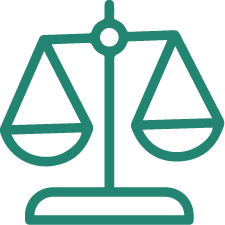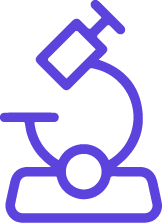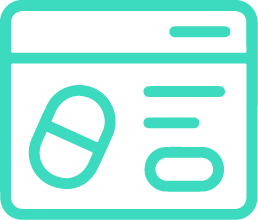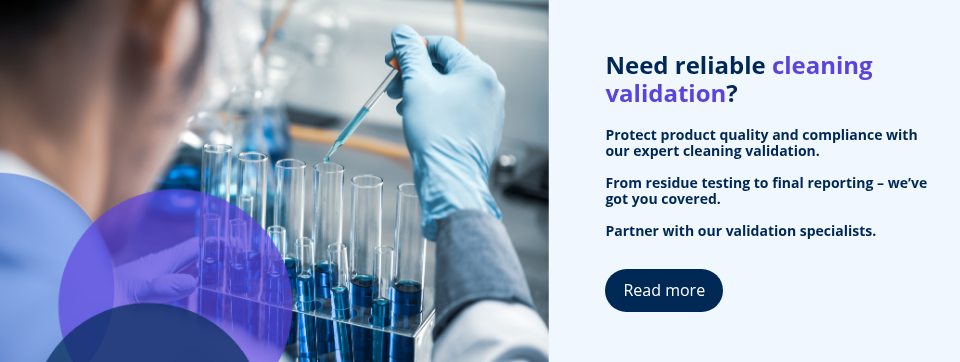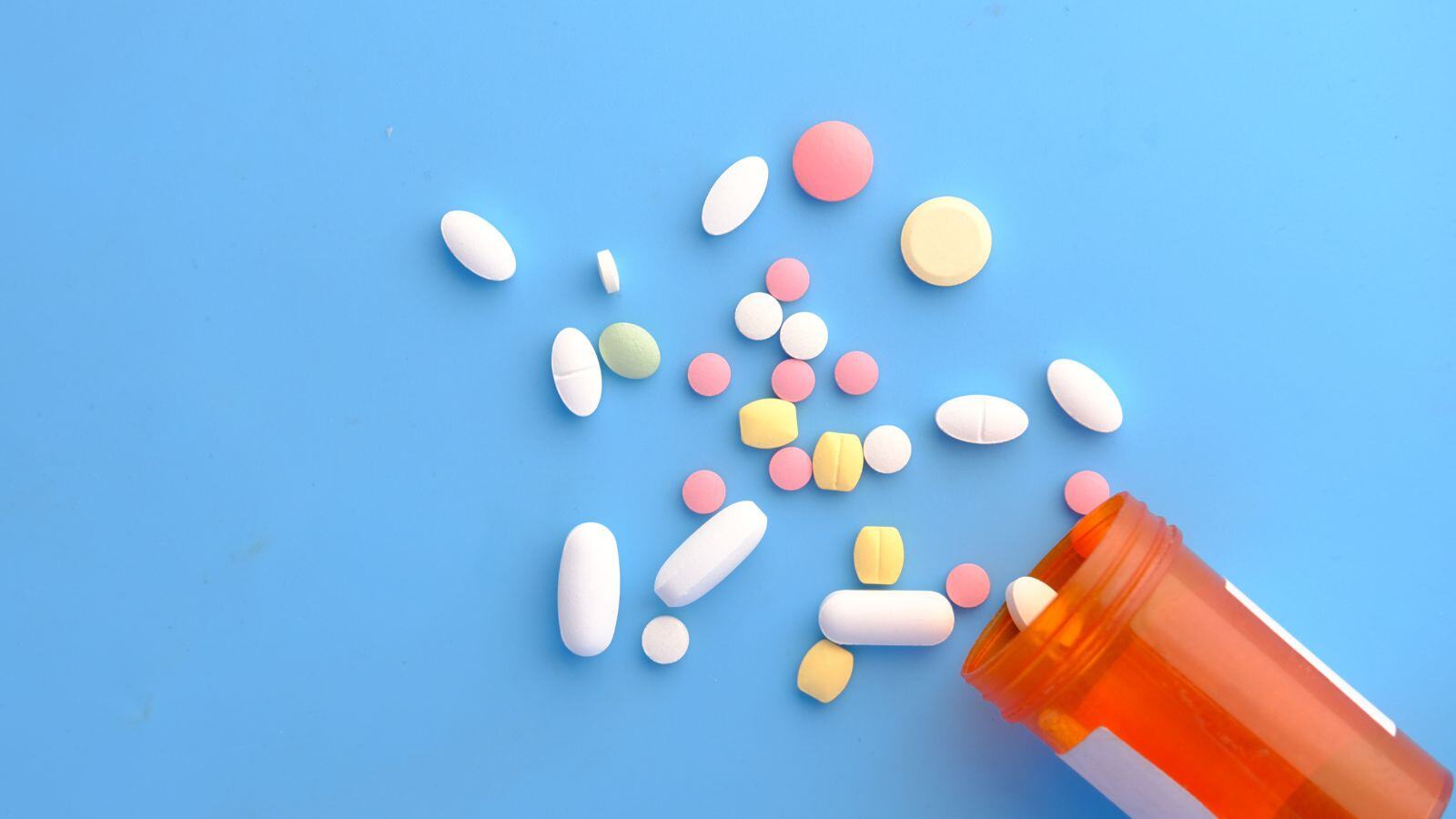Why TOC measurement matters in cleaning validation
Most pharmaceutical and biopharmaceutical products contain organic molecules or proteins. That’s why total organic carbon (TOC) analysis is widely used to verify that equipment is clean after production. If organic residues from a previous batch remain, they can compromise product quality or even patient safety.
TOC measurement allows you to detect these residues—provided your sampling and handling processes are solid. Here’s how to get it right.
Two sampling techniques: swabbing vs. rinse water
When measuring TOC for cleaning validation, you typically choose between:
- Direct surface sampling using a swab
- Rinse sampling, where the equipment is rinsed with high-purity water and the rinse is collected for TOC analysis
Both techniques are well accepted and widely used in GMP environments. But the accuracy of your TOC results depends less on the method you choose — and more on how well you apply it. From the materials you use to how you handle your samples, each detail can influence the final TOC reading.
So, how do you avoid false positives or background noise that could affect your analysis?
How to improve your TOC sampling results
Below are 4 practical tips to help ensure clean, consistent, and reliable TOC measurement results.
1. Use “low extractables” swabs
Swabs can be a hidden source of TOC contamination. Choose swabs specifically designed for TOC testing. These typically feature:
- Polyester knit fabric heads
- Cleanroom laundering to reduce extractables
- Inert plastic handles
- Heat-sealed heads (not glued with organic adhesives)
Most swab manufacturers offer a recommended swab for TOC sampling—look for one that consistently gives a low TOC blank.
2. Choose the right rinse water
Your final rinse water must have a low and consistent TOC level. You can:
- Use your validated in-house production water
- Or purchase pharmaceutical-grade ultrapure water
Whichever option you choose, test the water’s TOC contribution in advance to ensure reliability.
3. Handle samples with clean technique
Proper handling makes all the difference. Best practices include:
- Always wearing gloves
- Avoiding contact between gloves and alcohol-based disinfectants immediately before sampling
Why? Alcohol vapors or residue can increase TOC readings if absorbed by the swab or rinse water.
Also, ensure your sample containers don’t introduce TOC.
4. Collect samples directly into EPA vials
EPA vials (glass vials with Teflon-lined caps) are preferred for TOC analysis. Avoid transferring rinse water from one container to another—this introduces contamination risk. Instead:
- Collect multiple individual samples directly into EPA vials
- Avoid plastic containers or any intermediate transfer steps
This approach reduces background TOC and preserves sample integrity.
Conclusion: small details, big impact on TOC accuracy
Even small oversights—like using swabs with adhesives or transferring samples between containers—can compromise your data. But by following best practices, your team can achieve accurate TOC readings, meet regulatory requirements, and demonstrate effective cleaning procedures.
At QbD Group, we support pharmaceutical companies with reliable cleaning validation strategies, including TOC measurement setup, sampling plan design, and lab coordination.
Want help optimizing your cleaning validation approach?



